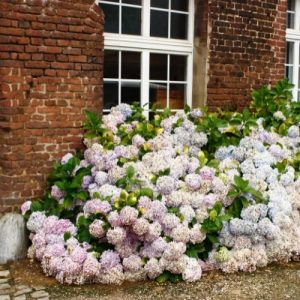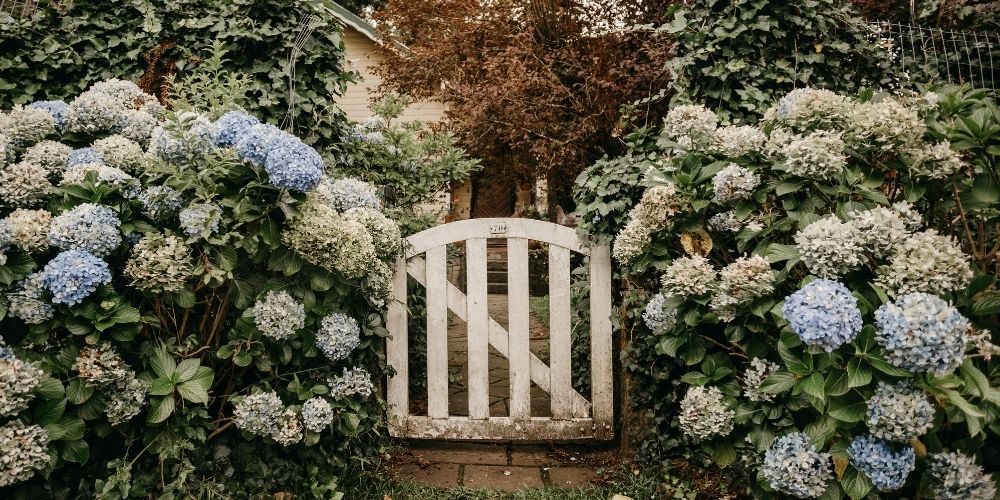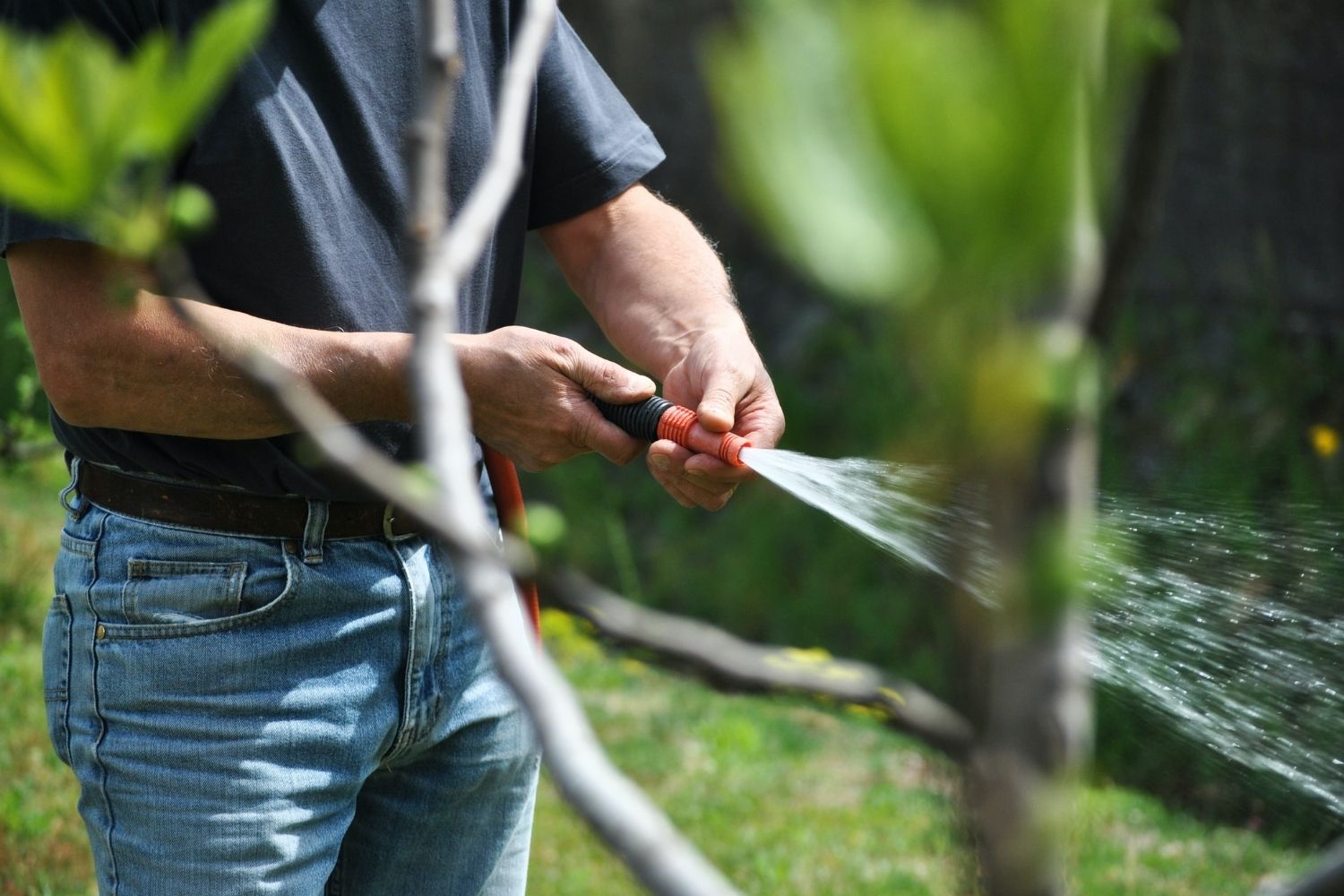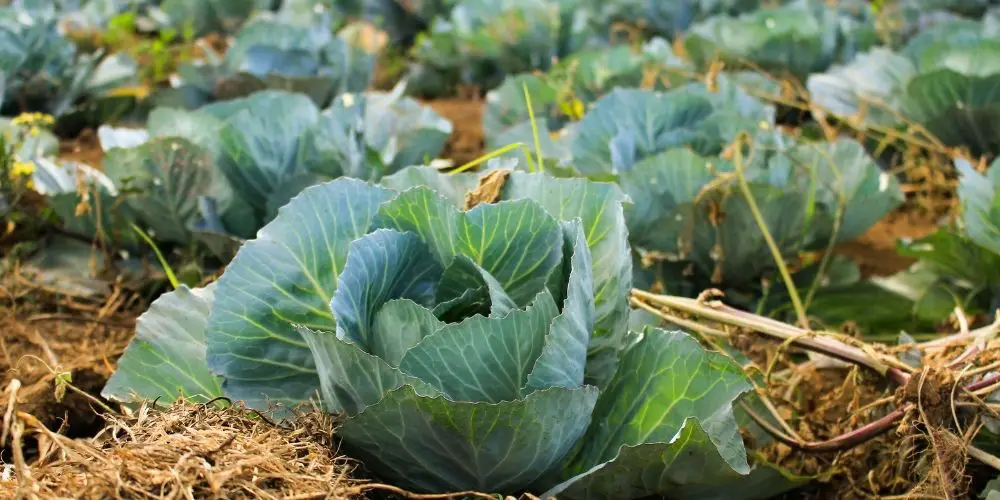Often you are left to wonder whether it’s the legends behind the hydrangeas or the effortless beauty and alluring vibes Hydrangeas illuminates that make them a garden’s favorite. They grow into different colors, from pink, blue, purple, and white, each symbolizing its unique meaning.
Not only do these plants create a beatific sight, but they are also known to have healing properties. So, whether you are planting Hydrangeas for your thrill or for the beneficial properties they may have on your health, you should certainly know which side of the house you should plant them.
This article elucidates how to identify the side of your house in which to plant hydrangeas.
Where exactly to plant your Hydrangeas
Below are the factors that you should put into consideration when choosing the correct patch of land and turn it into a healthy, thriving Hydrangeas garden
The amount of sunlight and shade
All plants require enough sunlight, at least 6 hours of daylight, for maximal growth. This is no exception to Hydrangeas, although they can still do well with minimum sunlight of at least 3 hours a day. Choosing the right side of your home that receives morning sunlight will see your Hydrangeas flourishing in a matter of months.
When it comes to the issue of shade, Hydrangeas need it too. Shade prevents your plans from losing too much water through transpiration in hot summers. The trick is to balance the amount of sunlight and shade your plants get in the morning and in the evening.
Adequate drainage

Choose the side of your house with the soil that drains moderately, that is, does not rain so fast that it leaves your hydrangeas dry, and at the same time, it does not drain slowly. Slow draining soil will have your hydrangeas roots rotting.
You can determine your soil’s drainage rate by digging holes in different corners of your garden, which are at least 10 inches by 10 inches deep. Fill the holes with water and refill them again after 8-10, calculate the time it will take for the refilled water to drain up. Proper draining soils will take a maximum 0f 2-3 hours to drain.
The right soil pH
It is important to note that even within a small piece of land, the soils can have varying pH levels depending on the mineral contents that make up the soil. Hydrangeas bloom best in soils that have a pH range of 5.2-5.5. You may take a soil sample on different corners of your garden to test the pH in a lab.
Although the soil pH also depends on the type of Hydrangeas you want to plant in your garden. You can manipulate your soil Ph by adding soil pH changing compounds to achieve your soil pH preference.
- Are eggshells good for hydrangeas?
- Do Coffee Grounds Help Hydrangeas?
- Should I Cut Off Brown Hydragea Blooms?
Wind
The wind direction in your home is of great importance when determining which side of your home to plant Hydrangeas. Choose a location that gets moderate winds. The right amount of wind blowing in your garden increases the supply of carbon dioxide and keeps the proper moisture content on your plants, thus preventing mold growth and the build-up of diseases in your garden.
Hydrangeas can grow to a length of 15 feet long; hence you should avoid planting them on the side of your house that receives strong winds to prevent constant breaking of these plants.
Water supply
We all know that Hydrangeas, just like any other plant, need adequate water for proper growth. Choosing the side of your house with easy accessibility to a water source increases the success rate of your Hydrangeas garden. You can install an underground water pipe for a permanent water supply solution if your garden is far from your water source.
Ensure that you get a permit from your local authority before having water pipes laid down in your home, especially in an urban setup. This is important as it may prevent damage from existing underground pipes passing through your property.
Conclusion
All the factors discussed in this article are integrated in that you cannot overlook one of these factors at the expense of the other if you are to achieve a flourishing, healthy hydrangeas garden. For indoor planting of Hydrangeas, placing your plant in a window or a place that receives adequate morning sun is recommended.
Use a pot that can accommodate the growing roots of your Hydrangeas comfortably and ensure that there is proper drainage to avoid root rot.















